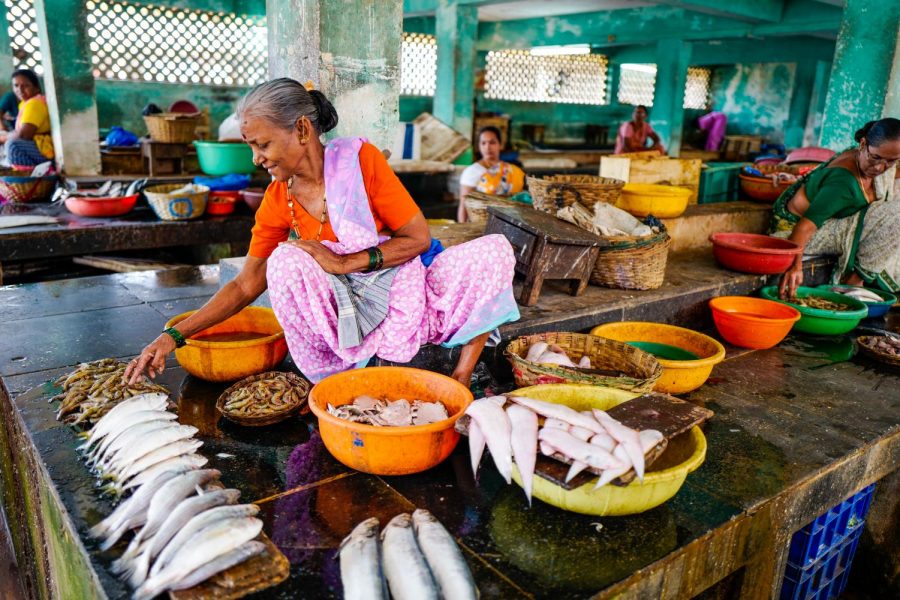India’s COVID-19 Nightmare
May 29, 2021
A highly virulent mutant COVID-19 strain, a healthcare system in shambles, and a skyrocketing death toll – India is in the midst of an unprecedented crisis. As of May 11, the South Asian nation of 1.4 billion has recorded 23 million cases, and the daily death toll has been hovering around 4,000. Still, both the official death and case totals are thought to be significantly undercounted, with epidemiologist Bhramar Mukherjee stating in an interview with the New York Times that actual numbers were likely 2-5 times higher than reported.
When the United States and many European nations were hammered by the Coronavirus in 2020, India boasted lower numbers of cases and emerged into the new year relatively unscathed. With politicians parading and taking credit for the initial success, the Indian public let down their guard, and COVID-19 vigilance: masks quickly disappeared, and social distancing (already difficult in India’s densely packed megacities and slums) was not observed. Activities and festivals returned to full, pre-pandemic swing, and superspreader events set up the ideal conditions for a massive spike. A triple mutant of the virus, B.1.617, is another factor that has deeply concerned scientists. Recognized as a “Variant of Concern” (i.e., a global health threat), the variant has been observed to spread more easily in preliminary studies.
Although some have been quick to blame India’s vastly popular PM, Narendra Modi, a Princeton Day student with family in India offered a different perspective: “I actually quite like Modi and the passion he brings. I strongly avoid pointing the blame solely on him, as scientific models have verified that a spike of this magnitude was unavoidable in India’s situation. We should know that politicizing the virus never ends well!” On the status of his family currently in India, he commented, “The rampant spread is a massive concern to me, and I’m sure other Indian-American students feel the same dread of a positive test for a loved one in India. My grandmother recently tested positive, but she is luckily fully vaccinated and I’m praying for a safe recovery, as the healthcare system would be unable to accommodate another patient.” Modi has avoided imposing a nationwide lockdown as seen in early 2020, for fear of economic repercussions, but individual states have issued their own restrictions.
Another issue of concern is India’s sluggish vaccine rollout program. Although it is the home of an AstraZeneca vaccine manufacturing site, only 2.6% of the population has been fully immunized, a minor dent in the massive population.
As India continues to navigate through the uncharted Pandemic territory, its ability to turn the curve will be highly dependent on the public’s adherence to safety measures. With more education and awareness spread on the impact of this diesease, it is hopeful that change for the better is due soon.








